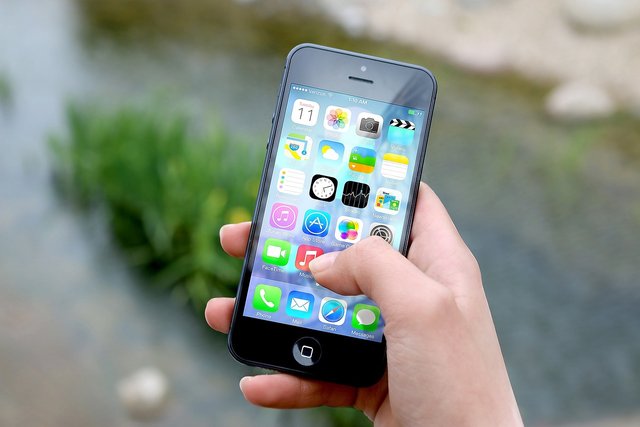How do touchscreens work on our devices?
Itroduction
Touchscreens, those ubiquitous interfaces on our phones, tablets, and laptops, seem like magic. But behind the scenes, a fascinating interplay of technology translates your tap, swipe, and pinch into digital commands. Here's a breakdown of the two main types of touchscreens:
- Capacitive Touch:
Core Idea: This type measures changes in the electrical field formed by a thin, transparent conductive layer (usually indium tin oxide) on the screen.
How it works:
Your finger, being a good conductor, draws some of the screen's electric charge when you touch it.
The location of this charge change is detected by sensors embedded in the glass layers beneath.
The software interprets this location as a "touch event" and triggers the corresponding action.
Pros:
Highly responsive and accurate, even with multi-touch gestures.
Bright and clear displays due to the thin layers.
Durable and scratch-resistant.
Cons:
Doesn't work with non-conductive objects like styluses or gloves.
More susceptible to interference from water or moisture.
- Resistive Touch:
Core Idea: This type relies on pressure applied to two thin plastic layers separated by a spacer.
How it works:
When you press on the screen, the top layer touches the bottom layer, completing a circuit and registering a touch event.
The location of the touch is determined by the position of the pressure.
Pros:
Works with any object, including fingers, styluses, and even gloved hands.
Less susceptible to environmental factors like moisture.
Generally cheaper than capacitive screens.
Cons:
Less responsive and accurate, especially with multi-touch gestures.
Screens can be dimmer due to the thicker layers.
More prone to scratches and wear and tear.
Beyond the Basics:
Some touchscreens combine both technologies, providing the benefits of both.
Advancements like pressure sensitivity and palm rejection enhance user experience.
Future innovations may involve self-healing screens and gesture recognition.
Tips for Your Assignment:
Choose a specific type of touchscreen (capacitive or resistive) and delve deeper into its technology and applications.
Compare and contrast the two types, highlighting their strengths and weaknesses.
Discuss the challenges and future of touchscreen technology.
Investigate specific examples of innovative touchscreen uses in various devices.
By exploring the fascinating world of touchscreens, you can not only fulfill your assignment but also gain a deeper appreciation for the technology that seamlessly connects us to our digital lives.
